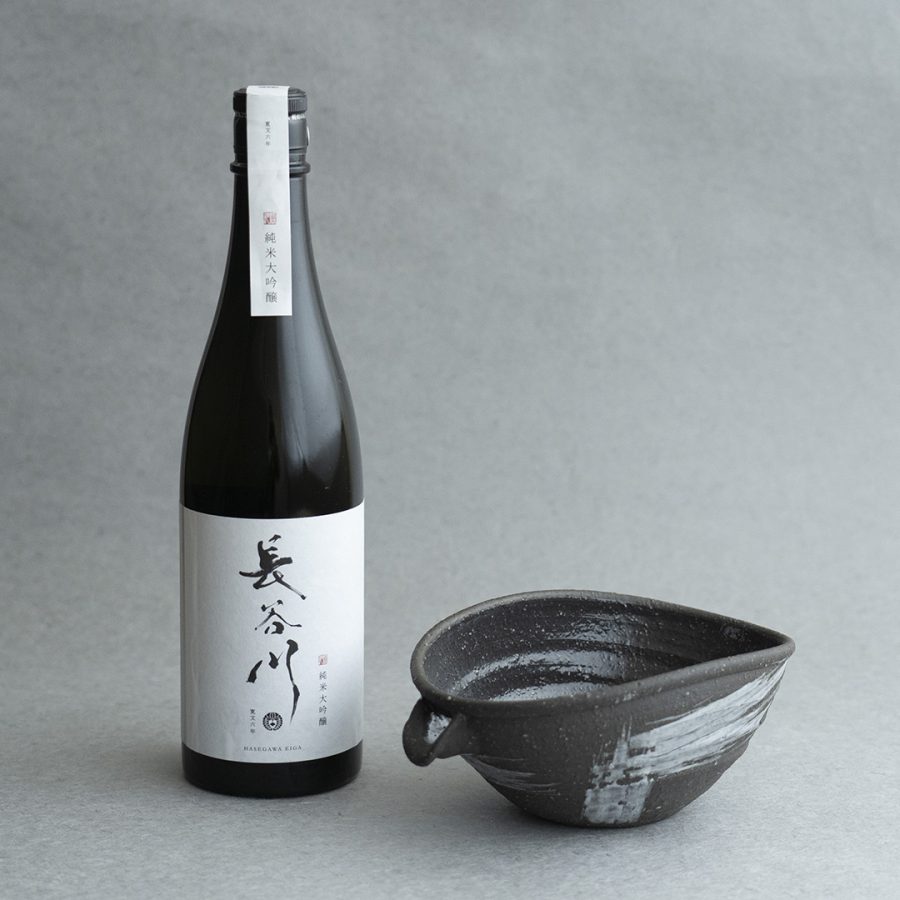2020.11.04
Shigaraki-yaki: Staying Together with the Transient Time

November is Traditional Crafts Month. It was designated by the Ministry of Economy, Trade and Industry in order to broadly communicate the charm of Japanese traditional crafts by holding various events country-wide that demonstrate the history and techniques passed down throughout the ages.
One of the traditional crafts that was popularized via the last year’s morning drama series is Shigaraki-yaki of the town of Shigaraki, Koka, Shiga Prefecture. Shigaraki-yaki is said to have originated when roof tiles were baked during the construction of Shigaraki-no-Miya Palace by Emperor Shomu of the Nara Period in the mid-eighth century. It is listed as one of the Six Old Kilns of Japan. The Six Old Kilns of Japan is the collective term for the representative areas of pottery production that have existed since the Kamakura Era of the late twelfth century or earlier. It is made up of Shigaraki, along with Echizen, Seto, Tokoname, Tamba, and Bizen. Among them, Shigaraki-yaki is considered the most ancient pottery and is characterized by the earthy texture of the soil.
The features of Shigaraki-yaki’s major works, changing with the times, reflect the changes in Japanese culture and technology, and a number of water jars and seed crocks were produced during the Kamakura and great works of teaware in the Muromachi and Azuchi Momoyama Eras. In the Edo Era, everyday ornaments such as tea jars were produced at climbing kilns; braziers were the major products throughout the Taisho Era until the beginning of World War II. Commodities that include dishes and flower vases are popularly produced nowadays.
A particularly famous product of Shigaraki-yaki is the pottery tanuki, or Japanese raccoon. It became well-known when the scene of the figurines lined up along the street was broadcast nationwide during Emperor Showa’s royal visit to Shigaraki in 1951. The endearing, impossible to hate, appearance of the tanuki is described as “hassou-engi,” meaning “eight features that bring good luck”. Rooted in this saying, November 8, phonetically interpreted as “good eight”, is designated as the Day of the Shigaraki Tanuki, when the town of Shigaraki prays for more good luck by expressing their appreciation to the pottery figurine.